Mushrooms of West Virginia and the Central Appalachians
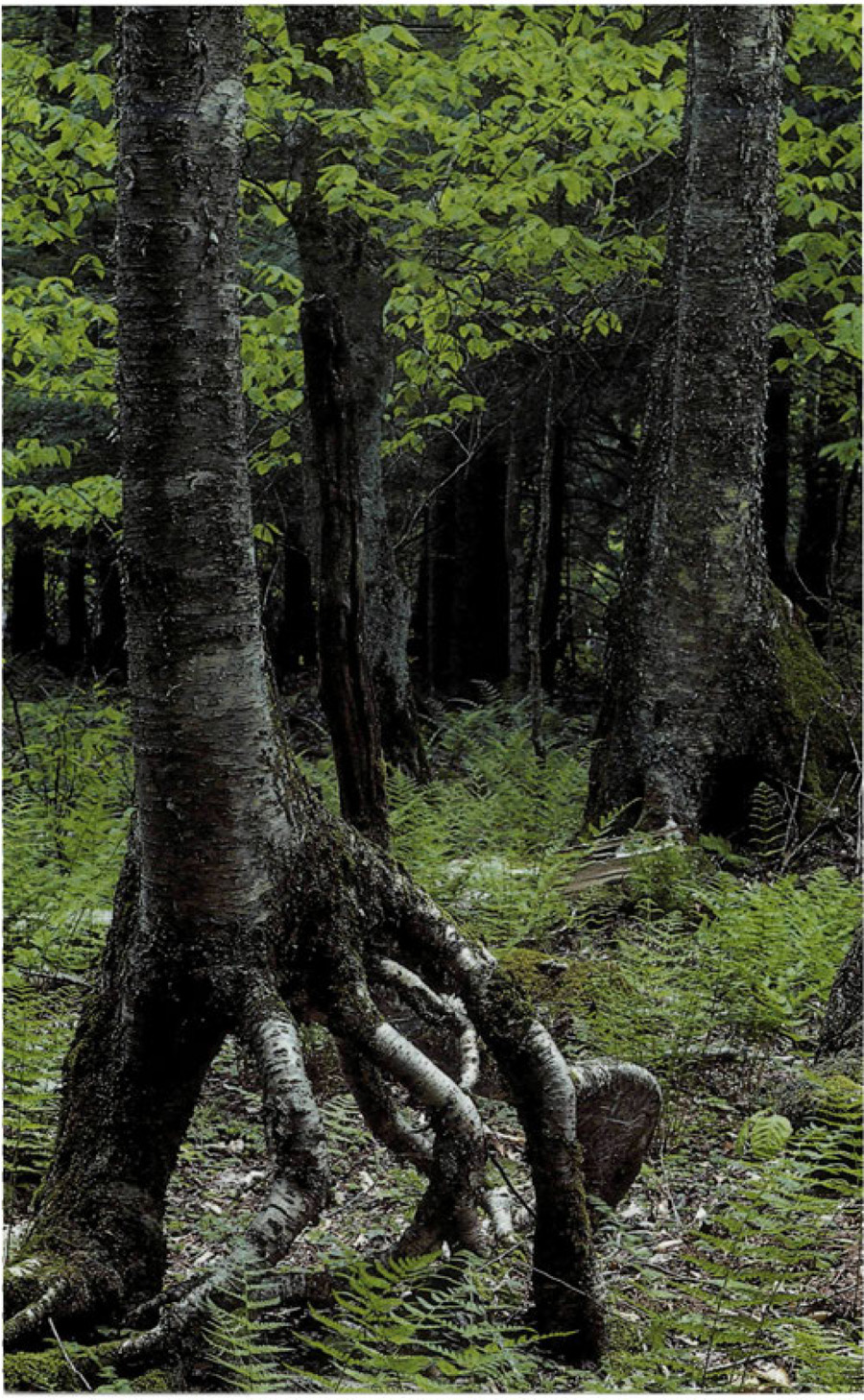

Publication of this volume was made possible in part by a grant from the National Endowment for the Humanities.
Copyright 2003 by William C. Roody
Published by The University Press of Kentucky
Scholarly publisher for the Commonwealth, serving Bellarmine University, Berea College, Centre College of Kentucky, Eastern Kentucky University, The Filson Historical Society, Georgetown College, Kentucky Historical Society, Kentucky State University, Morehead State University, Murray State University, Northern Kentucky University, Transylvania University, University of Kentucky, University of Louisville, and Western Kentucky University.
All rights reserved.
Editorial and Sales Offices: The University Press of Kentucky 663 South Limestone Street, Lexington, Kentucky 405084008
www.kentuckypress.com
Frontispiece: Typical mushroom woods=Mdark, wet, mysterious, and full of promise.
Monongahelia National Forest.
Library of Congress Cataloging-in-Publication Data
Roody, William C.
Mushrooms of West Virginia and the Central Appalachians / William C. Roody p. cm.
Includes bibliographical references (p. )
ISBN 0-8131-2262-7 (cloth: alk. paper)
ISBN 0-8131-9039-8 (paper: alk. paper)
1. MushroomsWest VirginiaIdentification. 2. Mushrooms
Appalachian RegionIdentification. 3. MushroomsWest VirginiaPictorial works.
4. MushroomsAppalachian RegionPictorial works. I. Title.
QK617.R64 2002
579.609754dc21
ISBN13: 978-0-8131-9039-6 (pbk.: alk. paper)
 Member of the Association of American University Presses
Member of the Association of American University Presses
Disclaimer
This book is intended to serve as a guide for identification of wild mushrooms. Although edibility is discussed, this is not a guide to the safe consumption of wild mushrooms. Many more species exist than can be presented in a general guidebook such as this, and the user is sure to encounter some that are similar to those featured here, including poisonous species. The information contained in this book regarding the edibility of wild mushrooms reflects current knowledge based on traditional use as well as the considerable experience of the author. While every effort has been made to alert the user to the dangers associated with eating wild mushrooms, should the user choose to eat wild mushrooms, he or she does so strictly at his or her own risk. Neither the author nor the publisher can accept responsibility for misidentifications made by the user, nor allergic reactions from consuming species that are generally regarded as edible. Anyone who wishes to gather wild mushrooms for eating should consult other books that specifically address this subject.
This book is dedicated to my dear mother,
Vera L. Bennett Roody
Contents
Preface
Wild mushrooms can be found in all terrestrial habitats, but the greatest variety and abundance occur in association with trees, either as saprobic decomposers of wood and forest litter, as parasites, or as symbiotic partners. Because West Virginia is a forested state that normally receives plentiful rainfall, the mycobiota is very rich. Pastures, parklands, and other grassland habitats nourish many additional species that contribute to the amazing diversity of fungi that are present throughout the Appalachians. Although an inventory of mushrooms in the state is far from complete, several hundred species have already been recorded. For the mushroom hunter, this bounty provides sheer delight and considerable challenge. Every outdoor excursion offers the chance of finding a previously unencountered mushroom. The real possibility even exists of discovering a species that is completely new to science.
It would require multiple volumes to describe and illustrate all of the known mushrooms from an area as large and biologically diverse as West Virginia. However, this guide will serve as a substantial introduction to the mushrooms of the state and of the broader region encompassing the central Appalachians. Nearly 400 species are described and illustrated, and many more are discussed in the text. The featured mushrooms represent a balance between those that are common and conspicuous within the region and some that are less well known. Priority has been given to the important edible and poisonous species. The photographs were taken by the author and with few exceptions show the mushrooms in their natural habitats.
The method for identifying species is simplified for the guide's easier use by those without previous experience or familiarity with wild mushrooms. A glossary of specialized mycological terms is provided.
The author holds a firm belief that through the pleasures of wild mushrooms one may discover a new appreciation for the beauty, ecology, and tangible rewards of the natural world.
Acknowledgments
I have many people to thank for their assistance and support in the preparation of this book. First and foremost, I am enormously grateful to Donna Mitchell, who has contributed in so many ways that it is impossible to recount them all. Hank Mashburn and Walt Sturgeon have been particularly helpful in sharing their knowledge of West Virginia mushrooms. Ernst Both, Raymond Fatto, Donna Mitchell, Walt Sturgeon, Tom Volk, and Don Yeltman reviewed parts of the manuscript and made many valuable suggestions. Sam Norris skillfully produced the line drawings in the pictorial key to groups. Additional mycological friends and colleagues who have assisted with identifications, or upon whom I have imposed for their wise counsel regarding the taxonomy and distribution of mushrooms, include Alan and Arleen Bessette, Glenn Freeman, Robert Hunsucker, Emily Johnson, Jay Justice, Gary Lincoff, Owen McConnell, Joe Miller, Orson K. Miller, Susan Mitchell, Steven L. Stephenson, Steve Trudell, and Rod Tulloss.
I am pleased to express my gratitude to the Wildlife Diversity Program at the West Virginia Division of Natural Resources for financial support. In particular I want to thank Donald Phares, Assistant Chief of Special Projects, and especially Kathleen Leo, Project Leader-Nongame Wildlife, whose personal encouragement provided my incentive for translating my love of mushrooms into this book. Brian McDonald, coordinator for the Natural Heritage Program, has also given his full support to this project and other efforts to document West Virginia fungi. Paul J. Harmon provided invaluable assistance with technical matters in the preparation of the manuscript. I also want to thank West Virginia DNR staff members Tom Allen, Jeff Hajenga, Howard Jones, Walt Kordek, Sam Norris, Donald Phares, Craig Stihler, Jack Wallace, Jennifer Wykle, and Jim Vanderhorst, who supplied me with mushrooms for study and have made valuable collections of voucher specimens for the fungus herbarium. Tina Hall and Dean Walton of The Nature Conservancy also contributed collections of fungi during their assignment to the Elkins, West Virginia, office.
To these individuals and to the many other mushroom friends who share the joys of mushrooming, I am profoundly grateful.
Introduction

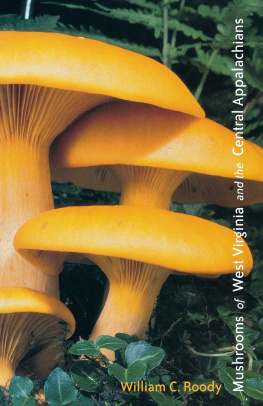

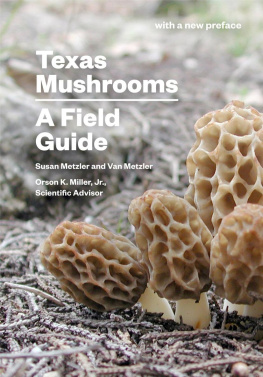
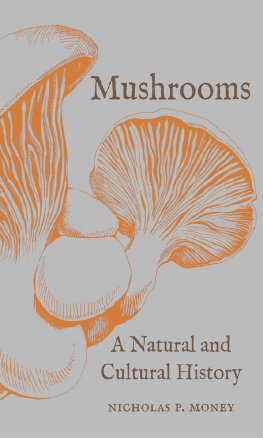
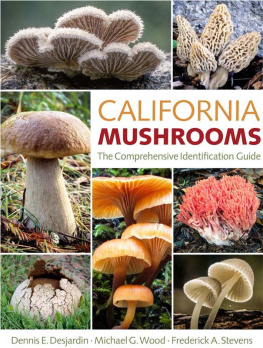


 Member of the Association of American University Presses
Member of the Association of American University Presses